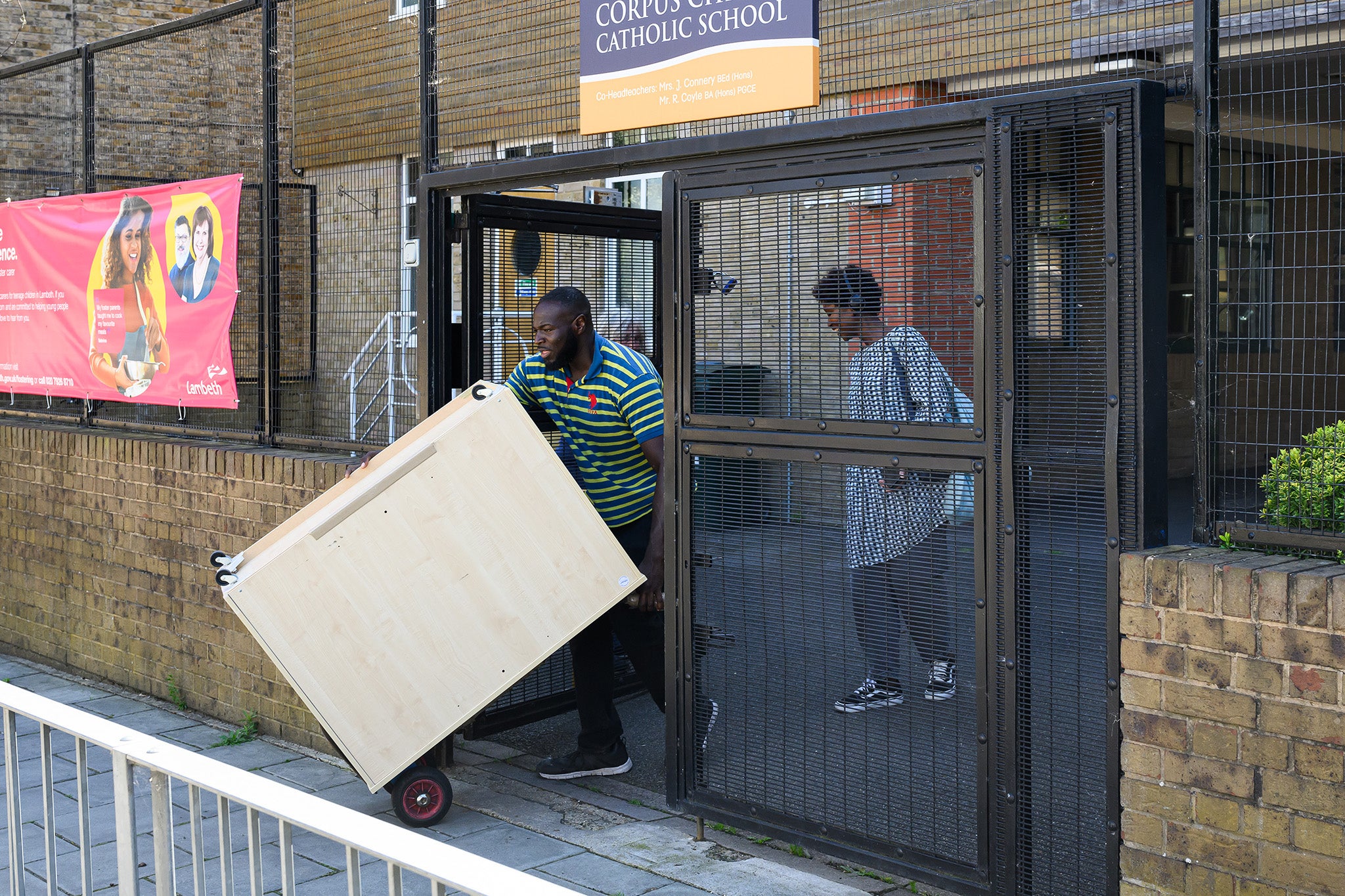Network Rail reviewing crumbling concrete on Britain’s railways
Transport secretary Huw Merriman has said Network Rail is searching for the crumbly concrete on its estate ‘as a priority’
Your support helps us to tell the story
From reproductive rights to climate change to Big Tech, The Independent is on the ground when the story is developing. Whether it's investigating the financials of Elon Musk's pro-Trump PAC or producing our latest documentary, 'The A Word', which shines a light on the American women fighting for reproductive rights, we know how important it is to parse out the facts from the messaging.
At such a critical moment in US history, we need reporters on the ground. Your donation allows us to keep sending journalists to speak to both sides of the story.
The Independent is trusted by Americans across the entire political spectrum. And unlike many other quality news outlets, we choose not to lock Americans out of our reporting and analysis with paywalls. We believe quality journalism should be available to everyone, paid for by those who can afford it.
Your support makes all the difference.Fears over dangerous crumbling concrete have spread to Britain’s railways, with Network Rail carrying out a review of the train estate, a minister has confirmed.
Transport secretary Huw Merriman has said Network Rail is searching for reinforced autoclaved aerated concrete (Raac) on its estate “as a priority” and will report any findings to the department.
Network Rail owns, operates and develops Britain’s railway infrastructure, including 20 of the biggest train stations, 30,000 bridges and 20,000 miles of track.
Any Raac-related closures could spell more misery for commuters and holidaymakers, who have already been blighted by more than a year of devastating rail strikes.
Network Rail stressed that it has a “good handle on Raac, and the overall condition of its buildings estate, and RAAC presents no notable problem”. A spokesman said its “risk exposure is very low owing to the age profile of the railways and having an in-house engineering expertise and regular buildings inspection regime”.
The announcement comes after it was confirmed more than 600 schools have now been surveyed for the collapse-risk concrete.
And it comes amid growing fears that the crisis sparked by the closure of schools over crumbling concrete could spread to offices, shops and even housing, as one of Britain’s biggest landlords ordered a review of its buildings
Raac, which has been described as “80 per cent air” and “like an Aero Bar”, was used to construct schools, colleges and other buildings between the fifties and mid-seventies in the UK, but has since been found to be at risk of collapse.

The TUC has called for the government to create a national risk register for all public buildings in the wake of the Raac crisis.
The union organisation warned that the issue in schools is likely to be the “tip of the iceberg”, with hospitals, libraries, community centres and other public buildings also at risk.
The material has also been found in the Houses of Parliament, as the government continues to deal with the growing Raac crisis.
A parliamentary spokesperson said on Monday evening: “As part of routine ongoing investigations Raac was identified in one area of the palace.
“Structural engineers have confirmed there is no immediate risk. Where Raac is found, mitigations will be put in place as necessary.”
A Network Rail spokesman added: “We are reviewing our property portfolio in light of the changed guidance but owing to the age of most of our buildings - the railways were built in the Victorian era - and having an in-house engineering capability, we expect our exposure to be small.”







Join our commenting forum
Join thought-provoking conversations, follow other Independent readers and see their replies
Comments